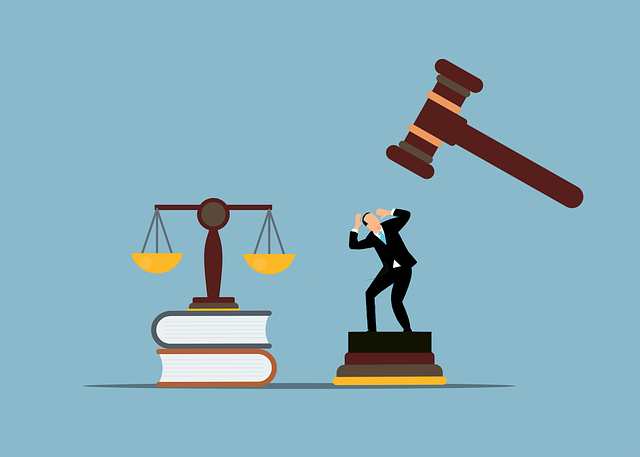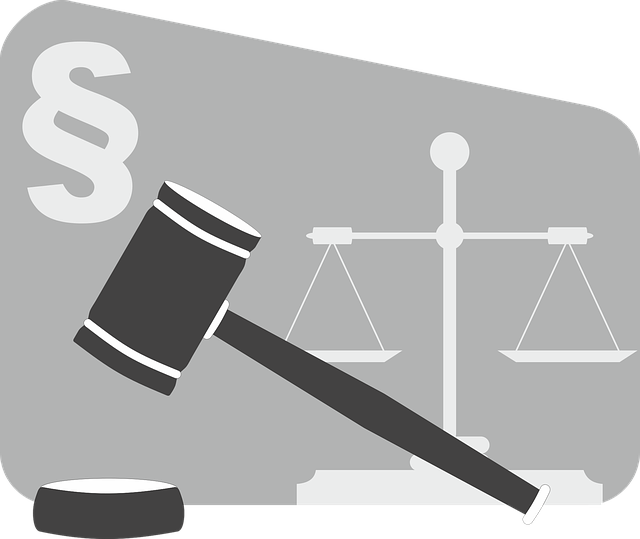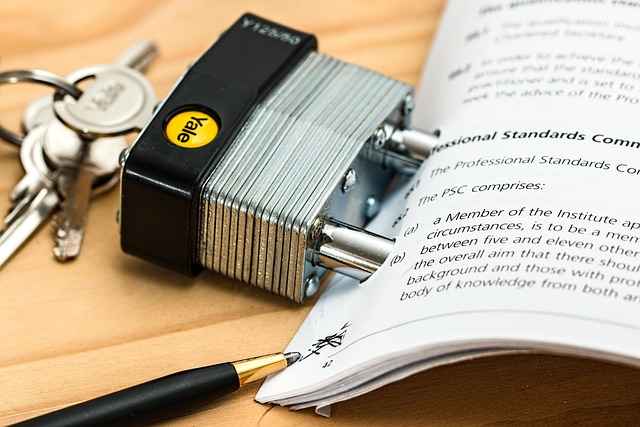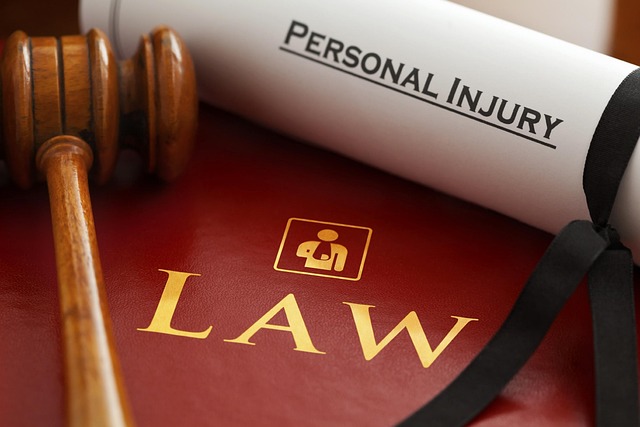The accident lawsuit process involves a plaintiff filing a complaint, service of legal notice, negotiations (potentially leading to settlement), pretrial proceedings, and a trial where a judge or jury decides the outcome. Complex cases like breach of fiduciary duty can be lengthy and costly. Many prefer settling for a faster, mutually agreeable outcome, with courts encouraging collaboration to reduce legal costs. Key factors in determining settlement amounts include injury severity, type of dispute, defendant's reputation, and willingness to settle, with negligence claims typically yielding higher payouts.
In the complex world of litigation, understanding how settlements are reached in accident lawsuits is paramount for all involved. This article serves as a comprehensive guide through the intricate accident lawsuit process, focusing on negotiation and settlement—a common path to resolution. We’ll explore the factors influencing settlement amounts, shedding light on the dynamics that can lead to a successful outcome. By delving into these aspects, you’ll gain valuable insights into navigating the legal landscape effectively.
- Understanding the Accident Lawsuit Process
- Negotiation and Settlement: A Common Path
- Factors Influencing Settlement Amounts
Understanding the Accident Lawsuit Process

The accident lawsuit process can be intricate and confusing for those unfamiliar with it. It begins when an individual or entity files a complaint against another party alleging harm caused by their actions. This could involve various scenarios, from car accidents and slip-and-fall incidents to complex medical malpractice or insurance disputes. The plaintiff seeks compensation for damages suffered, which might include medical expenses, pain and suffering, lost wages, and more.
Once the complaint is filed, the defendant is served with legal notice, and they have a set period to respond, often denying the allegations or raising counterclaims. From there, negotiations may commence, aiming to resolve the dispute without proceeding to trial. This could result in a settlement agreement, where both parties agree to terms for compensation and a dismissal of the lawsuit. However, if negotiations fail, the case progresses through pretrial proceedings, potentially including depositions, expert witness testimony, and discovery of relevant evidence, before reaching a jury trial or bench trial, where a judge or jury decides the outcome based on presented evidence and arguments. The process can be lengthy and costly, emphasizing the importance of understanding one’s rights and options early on, especially in cases involving breach of fiduciary duty or other complex issues.
Negotiation and Settlement: A Common Path

In many cases, reaching a settlement is a common path within the accident lawsuit process. It offers a more swift and mutually agreeable resolution compared to prolonged court battles. Negotiation involves both parties—plaintiff and defendant—or their respective legal representatives, aiming to find common ground and avoid extensive litigation. This collaborative approach is often encouraged by courts as it can significantly reduce legal costs and time for all involved.
An auto accident lawyer or personal injury lawyer plays a pivotal role in this phase, acting as an advocate for their client’s interests while also facilitating open communication with the opposing side. Through strategic negotiations, these legal professionals strive to secure a settlement amount that adequately compensates their clients for any losses, injuries, or damages sustained during an accident—a key aspect of the business litigation process.
Factors Influencing Settlement Amounts

When determining settlement amounts in an accident lawsuit process, several factors come into play. These include the severity and extent of injuries sustained, which can significantly impact the compensation sought. Medical expenses, both current and future, are a key consideration, as well as pain and suffering, loss of quality of life, and any permanent disabilities resulting from the incident. In personal injury cases, including those involving caregiver negligence or medical malpractice, the potential for long-term care needs and ongoing treatments further complicates calculations.
Additionally, the type of commercial disputes at hand can also influence settlement amounts. Negligence claims often result in higher settlements due to the potential for substantial damages, whereas other types of legal battles may have more defined limits based on past case outcomes. The reputation of the defendant and their willingness to settle also play a role. A company or individual with a history of avoidable accidents or a track record of refusing to accept liability might face harsher settlements to deter similar behavior in the future, especially in cases of medical malpractice where patient safety is paramount.
In the context of an accident lawsuit process, negotiation and settlement often prove to be a practical and efficient route. This method allows for a mutually agreeable resolution without the lengthy and costly trial process. Various factors, including liability, damages, and legal strategy, play a significant role in determining the final settlement amount. By understanding these elements, individuals involved in such proceedings can make informed decisions and potentially reach favorable outcomes.






